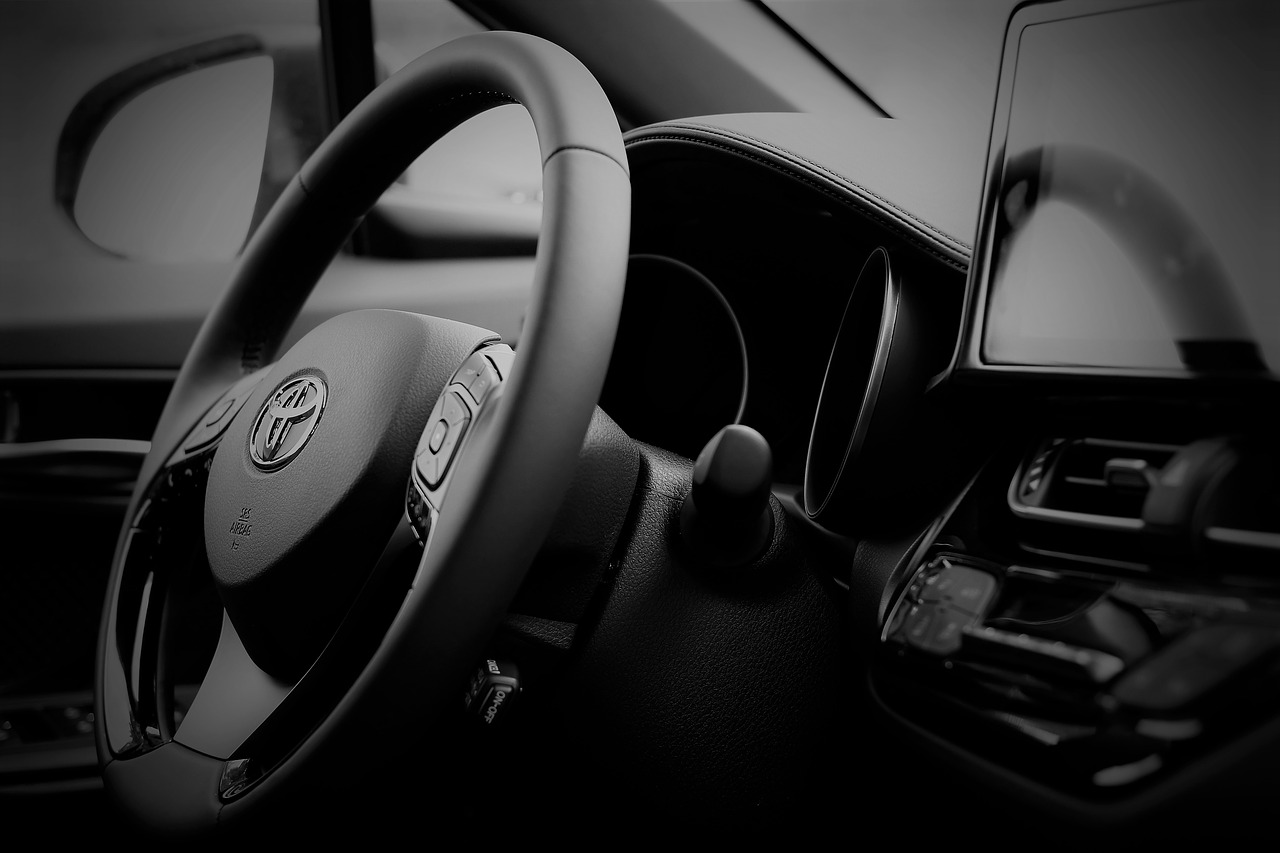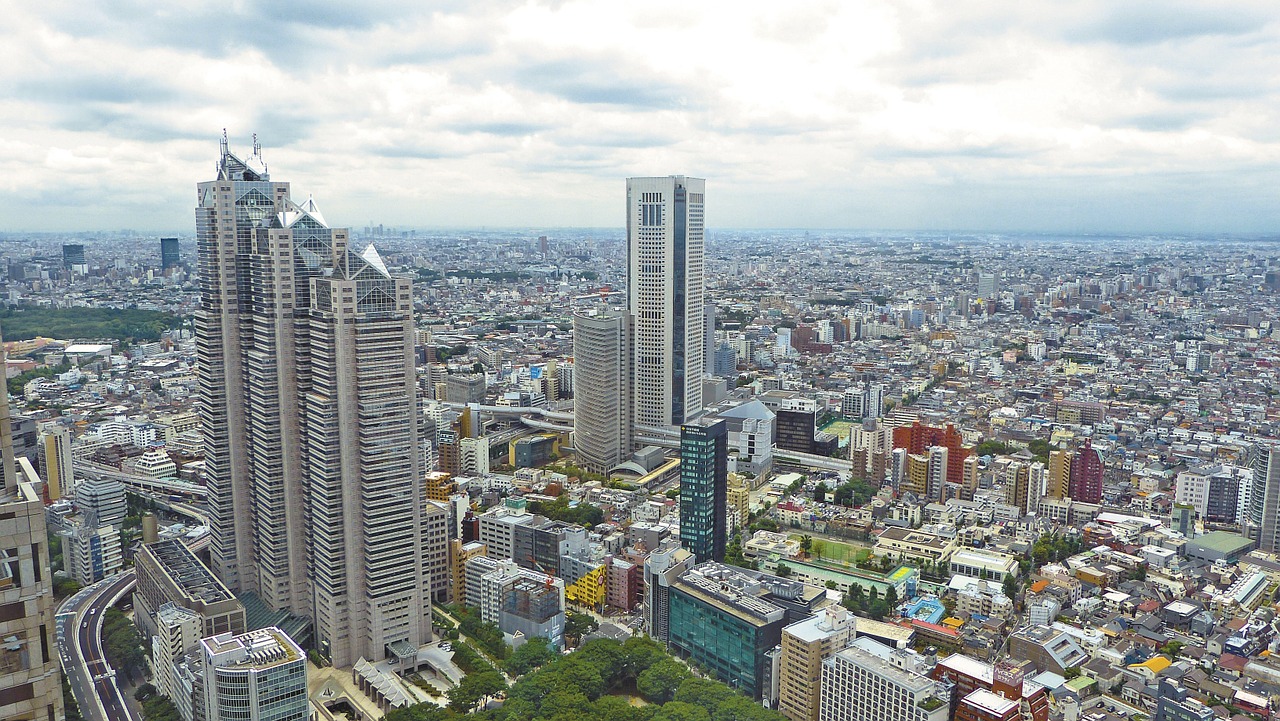POLITHEOR
European Policy Network
Japan
- Home
- Japan

Japan is opening its door to migrants1
- Human Rights and Migration, Op-ed
- 05/09/2018
For a long period of time Japan has been one of the world’s most homogenous countries; and even today only 2% of the population is foreign born. This is especially unusual given that large GDP countries like Japan generally tend to attract immigrants. But lately there is more and more evidence that their migration policies are finally going to be changed.
READ MORE
Japan-EU trade deal: an uneven road ahead for EU car manufacturers?1
- International Trade, Op-ed
- 07/12/2017
The Japan-EU Economic Partnership Agreement (JEEPA) is especially beneficial for the Japanese car industry as it reduces tariff barriers on car imports from Japan. This new deal reinforces Japan’s trade strength in the car industry and asserts their growing dominance in the sector. The flip side of the deal ‘coining’ reveals two interesting aspects. One, in exchange of tariff reduction for Japanese cars, the EU will obtain tariff reductions mainly on its agricultural exports to Japan; more significantly on cheese. Two, the EU automobile market is offering a larger latitude to a country which is already a daunting competitor in the sector. Is the deal sending the EU on an uneven road?
READ MORE

What drives Japan towards a more aggressive foreign policy?0
- International Relations and Global Affairs, Op-ed
- 22/04/2017
Izumo is a Japanese 249 meter-long warship that can operate up to nine helicopters. It’s the largest warship to be dispatched in the South China Sea and symbolizes the shift of Japanese politics from a pacifist approach to a more aggressive one. Izumo will counter the menaces in the South China Sea, but it will definitively shake up political relations as well.
READ MORE
The peculiar question of gender equality and economy in Japan0
- International Relations and Global Affairs, Op-ed
- 04/03/2017
To get Japan out of its gloomy economic situation that now has lasted for the past 20 years, the country Prime minister devised a new strategy which consists of three pillars: monetary, fiscal and structural reforms. The monetary and fiscal actions of the “Abenomics” received a lot of attention from the international media. On the other hand, the structural reforms went completely unnoticed, although these may be the real factors needed to save Japan’s economy, as ignoring them helped the country’s economic fall from grace.
READ MORE

